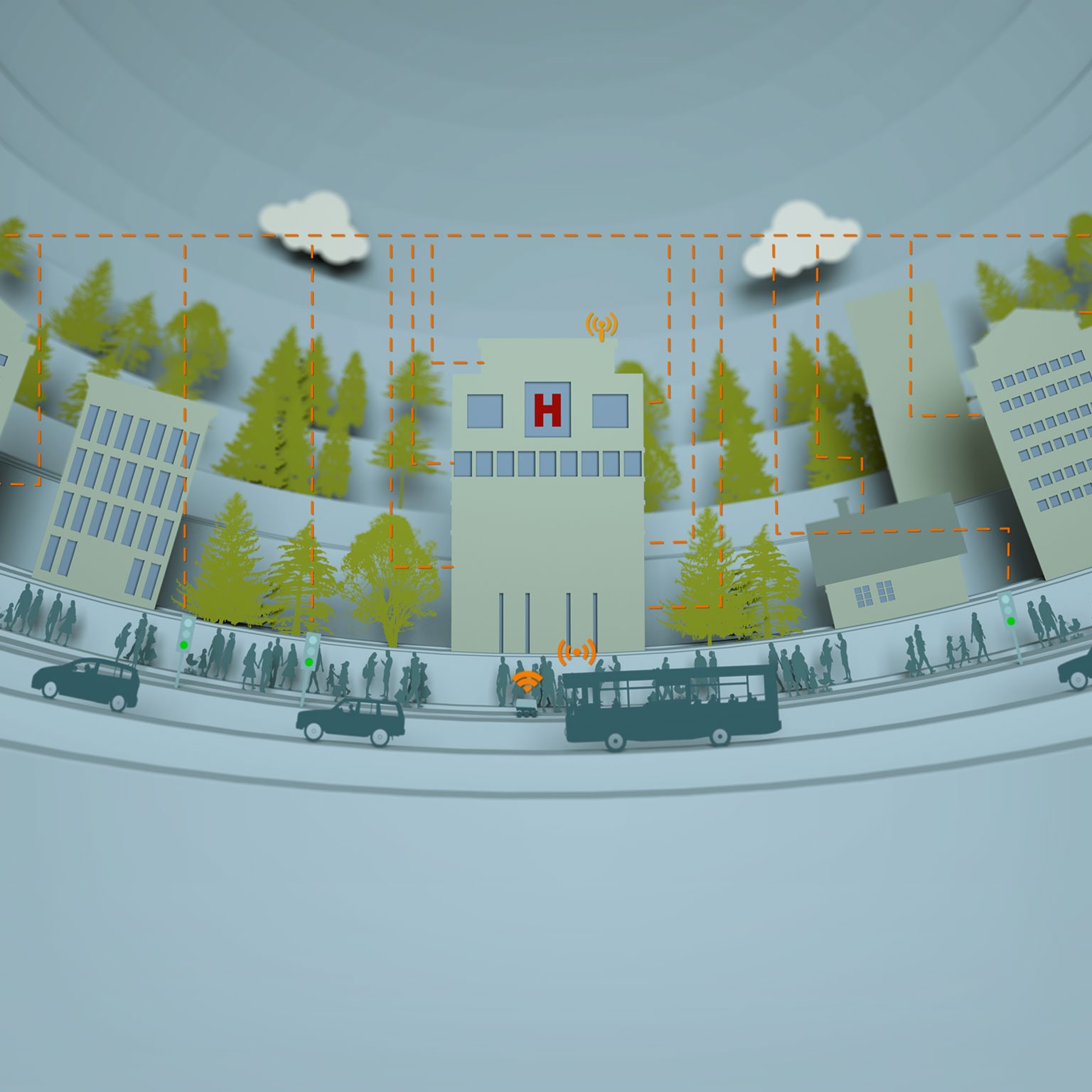
Public and community engagement in decision making is key to enhancing urban living conditions and the environment in China, a new study says.
There has been significant progress through legislation to promote the role of citizens in environment and nature-based solutions (NBS), but progress in involving the public in projects has been limited, the research shows.
However, there has been some work in gathering public opinion and involving them in the project design and decision-making of government-led and large NBS projects.
Researchers found smaller local NBS projects tend to see higher levels of public participation, whereas larger-scale initiatives often experience minimal engagement. This suggests that project size may influence the extent to which communities are involved in decision-making processes.
The study shows the vital role of NGOs in promoting public participation and highlights the potential for community-based organizations to act as liaisons between local governments and citizens.
The study also identifies private-public partnerships as a promising avenue for financing NBS projects, provided they can demonstrate low financial risk and positive returns for investors. However, it warns that these partnerships may limit public participation to private stakeholders, necessitating targeted efforts to ensure local community needs are addressed.
Dr Carolyn Petersen, from the University of Exeter, said: “There is no doubt that public participation in environmental matters and the importance of taking public opinion into account has evolved and improved over the past 50 years in Chinese law. Public participation became an important part of the law following the Revised Environmental Protection Law of 2015.

Better links between local governments and citizens could be invoked by community-based organisations such as committees of residents. Local community-based organisations, resident committees or similar, could act as a liaison point and catalyst to public participation in NBS projects, although significant training may be required to bring committee members to become effective agents and representatives of local public opinion.”
Researchers say initiatives set by the central government and fed down to the municipal and provincial governments were extremely well planned, designed, and executed and demonstrated consideration towards climate change, carbon sequestration, biodiversity, flora, fauna and migratory birds through reforestation, wetlands, waterways, water recycling, solar panels and park benches.
But there was limited evidence of public input into the educational aspect of these projects, or that the design was what the public wanted.
Researchers carried out a literature review, site visits, and interviews with researchers, local officials and NGO representatives. Between August and September 2022 online and face to face interviews were conducted with local NGOs, academic researchers and government officials in Beijing, Shanghai and Ningbo and site visits took place to projects in Beijing, Ningbo, Guiyang and Shanghai.
Areas examined were the Beijing Olympic Forest Park, Poyang Lake, Lihu Lake, Ningbo Sponge City Project, Guiyang Public Environmental Educational Centre.
In Lihu Lake local people were excluded from the planning and decision making, while private real estate companies played an important role in off-setting costs for the intervention because the investment was clearly seen to be profitable for the real estate and tourism sectors.
The successful involvement of the local population in the two Grassroots NBS projects: the Shanghai Community Habitat Garden project and the Guiyang Public Environmental Education Centre, demonstrate that local people are extremely motivated and willing participants in community efforts where they know that they can have an impact upon the environment and their general well-being.
The example of the Guiyang Public Environmental Educational Centre could be extended to Community Resident Committees in other urban areas whereby these committees become a liaison point between the government and local people.
The full article is published in the journal Nature-Based Solutions (ScienceDirect).

